We are living through the fourth industrial revolution where machines interact with humans to be more efficient and to learn, sometimes on their own, smart factories that, thanks to artificial intelligence, advanced and interconnected sensors, are able to perform many tasks autonomously.
But where will we go from here? What will be the future of man in production processes?
Will man made of carbon disappear from factories, or will he be overtaken by humanoids made of silicon?
I am firmly convinced or just have perhaps an unshakable hope that Homo sapiens will be intelligent enough not to become self-extinguished, we will have the ability to correct our actions that are compromising life on our planet today, and in the future we will be able to find solutions, in a few thousand years’ time, to move life to other habitable parts of the universe, before our star goes out forever.
On what basis will the industry 5.0 revolution have to be developed?
With what cornerstones will machines and software have to be designed to meet the new challenges?
With respect to Industry 4.0, the fifth industrial revolution will be based on three interconnected elements:
- human focus
- sustainability
- resilience
LihuiWang, in his article “A futuristic perspective on human-centric assembly“, describes which paths we should take to avoid being unprepared for the technological future that awaits us.
Human-centricity
The fourth industrial revolution is focused on interconnected technologies, but the next revolution must have man at the centre without forgetting the interconnection with other living beings, whether animal or plant, present on earth, indeed as far as possible, present in the universe.
From the interconnection of machines to the interconnection of species.
The activities must promote talents that are able to perceive the activities necessary to make sustainable progress while avoiding irreparable damage.
Observing nature, we must learn from it to appreciate the potential of diversity and redundancy, abandoning the over-optimisation of the short term in favour of a broader vision in the medium term, as essayist Nassim Nicholas Taleb expresses the concept well in his bestseller The Black Swan.
Sustainability
It doesn’t take a master’s degree to realise that any human activity has repercussions on the surrounding environment. We can no longer design machines and processes that endanger other living beings and their interconnected balances.
We have to abandon the concept of profit at all costs and identify with profit that produces wealth by making it clear that it can be created by win-win activities.
The European Green Deal is focused on growth and safeguarding the wellbeing of citizens by providing clean air, water and land for healthy and safe living.
Resilience
With the advent of robotics, a true path of flexibility and resilience has begun – the ability of technologies to adapt to changing needs. Systems change by adapting to new needs and often anticipating them.
Artificial Intelligence with its increasingly sophisticated algorithms will help us perform a myriad of tasks better and better and find solutions, starting with industry, that can fulfil the two previous points, Human Focus and Sustainability.
Robotic Brains
In recent years we have seen cybernetic engineering intertwine, or rather here, interconnect with neuroscience and give rise to sophisticated systems that can read impulses from the human brain and control a robotic limb. On the other hand, structures made of software and silicon mimic and often replace human cognitive abilities with high-level performance.
As Professor Giulio Sandini of the Italian Institute of Technology explains, the focus of robotics, brain and cognitive science must be “Human-Centric“.
Even if some slumbering people only think about waging war, when they wake up they will hopefully realise that these warlike activities belong to a distant past and not to these new generations who only want to live in peace, even with a handkerchief of land less, but to live in harmony with nature and in a society that is active in creating collective well-being.
Read more on the European Union Industry 5.0 website.

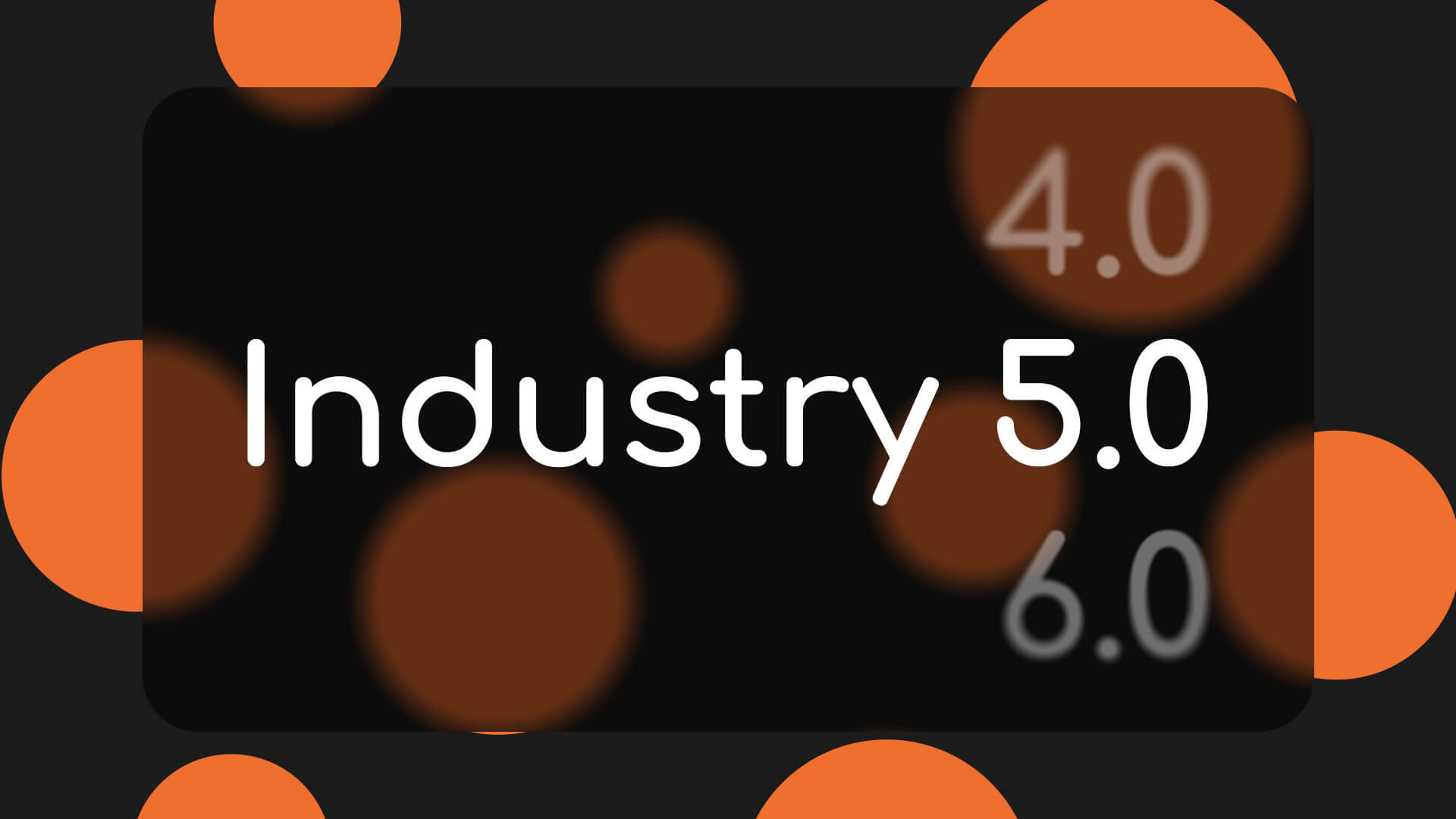
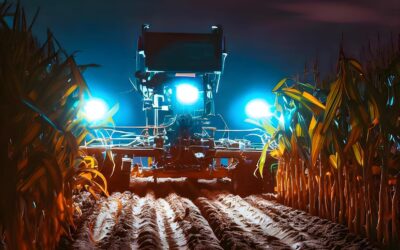
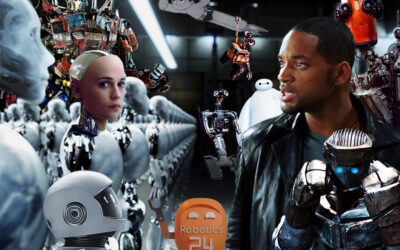
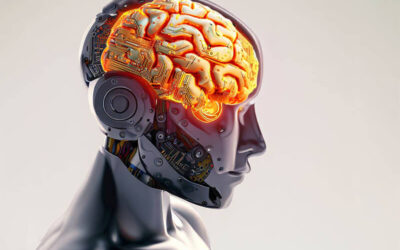
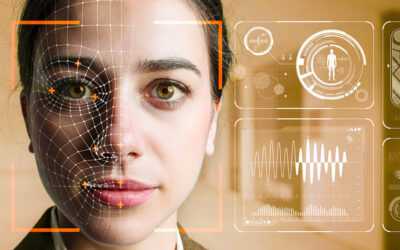

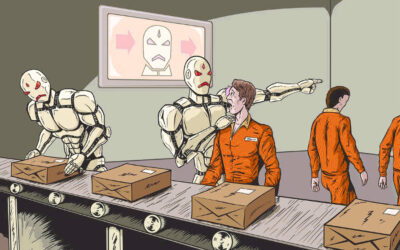
0 Comments